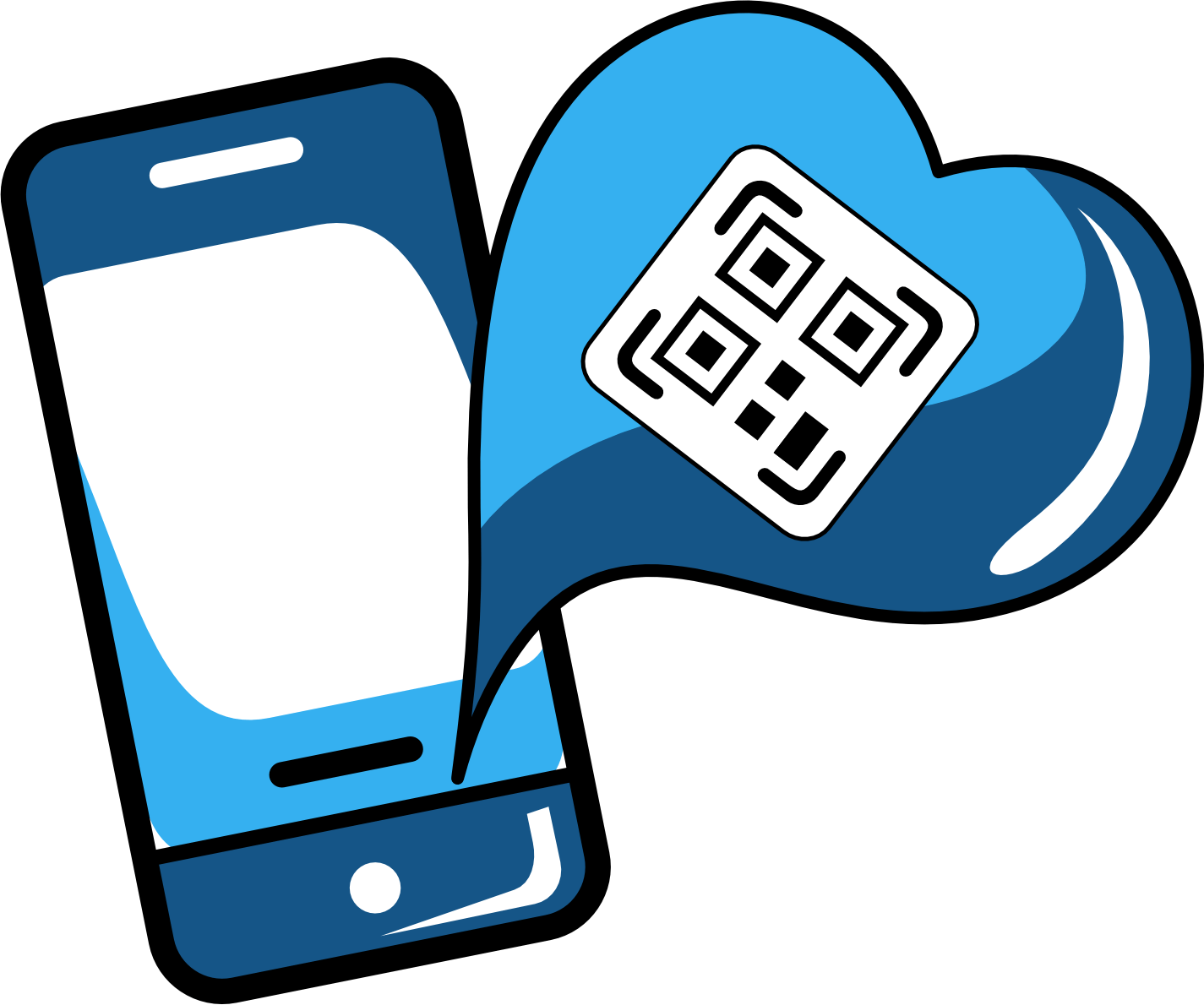Table of contents
ToggleWhat is Dual SIM, and How Does It Work?
Dual SIM is a feature that allows you to use two mobile lines on a single device, either through a combination of a physical SIM and an eSIM or by using two eSIMs simultaneously. Phones from brands like Samsung and Apple already support this option. In this guide, we explain how it works, how to set it up, and share key tips to get the most out of it.
Advantages of using Dual SIM
- Stay connected while traveling without needing two devices, thanks to Dual SIM functionality.
- Use a local SIM abroad without losing access to your primary number, avoiding high roaming fees by using Free Roaming’s eSIM.
- Separate personal and work lines on your mobile device by assigning a custom label to each line.
To name your SIMs on your iPhone
- Go to Settings → Tap on Cellular or Mobile Data → Select the SIM you want to label → Then on “Cellular Plan Label” and on Custom label assign a name.
To name your SIMs on your Android
- Go to Settings → Tap on Connections → Select SIM manager → Choose The SIM/eSIM you want to label → Press “Edit name and icon” → Enter the name you’d like to assign to your SIM/eSIM under “SIM name” → Press Done to apply the changes.
Troubleshooting tips
Want to use your personal number for calls and your Free Roaming eSIM for data at the same time? If your phone supports Dual SIM, here’s how to set it up in just a few steps on either iPhone or Android.
To set up Dual SIM on your iPhone
- Go to Settings → Cellular or Mobile Data → Ensure both your SIM and eSIM are active → Select Default Voice Line → Choose your personal line → Return to Cellular or Mobile Data → Tap on Cellular Data and select your Free Roaming eSIM → Finally, make sure “Allow Cellular Data Switching” is turned off, so your phone doesn’t automatically switch between data lines based on signal strength.
To set up Dual SIM on your Android
- Go to Settings → Tap on Connections → Select SIM manager → Ensure both your SIM and eSIM are active → In Calls, confirm that your personal SIM is selected → Choose Mobile Data and select your Free Roaming eSIM → Finally, make sure “Data Switching” is turned off, so your phone doesn’t automatically switch between data lines based on signal strength.
Using your primary SIM abroad may result in additional charges for roaming, calls, or messages, these are set by your mobile carrier. Free Roaming has no control over these fees. We recommend checking with your carrier before you travel.
Any more questions?
For any other questions or additional assistance, our Customer Support chat is available 24/7.





